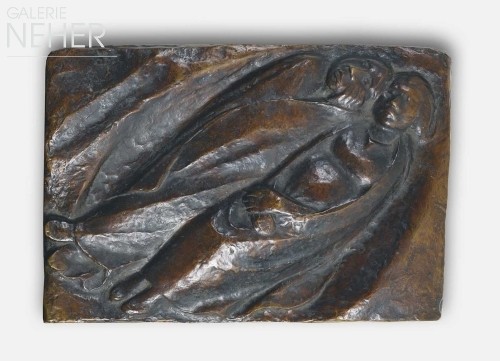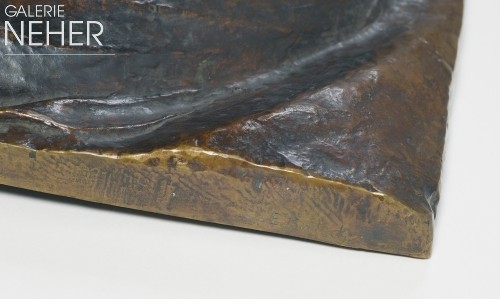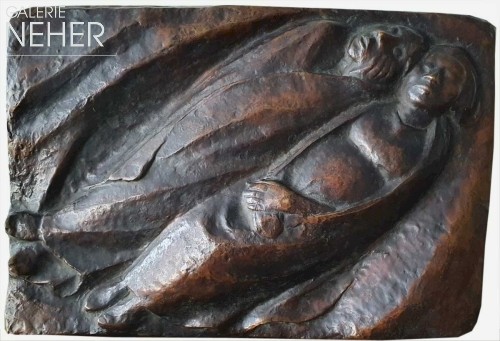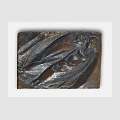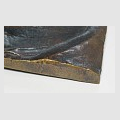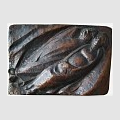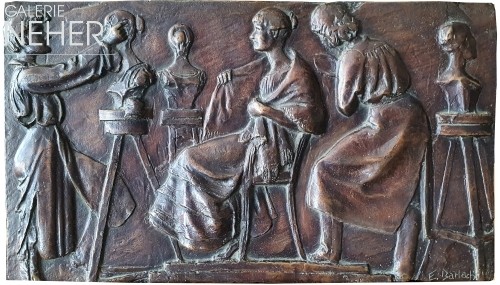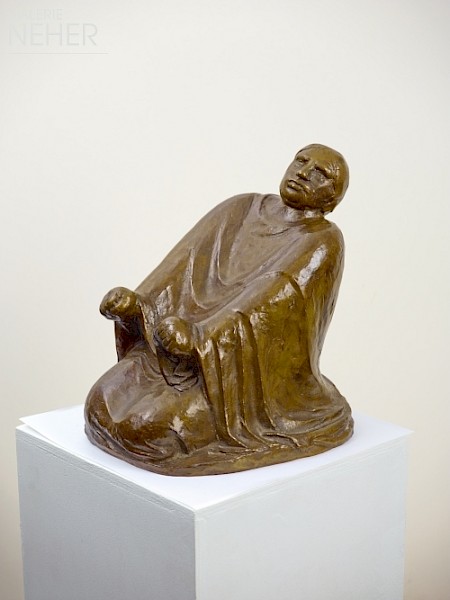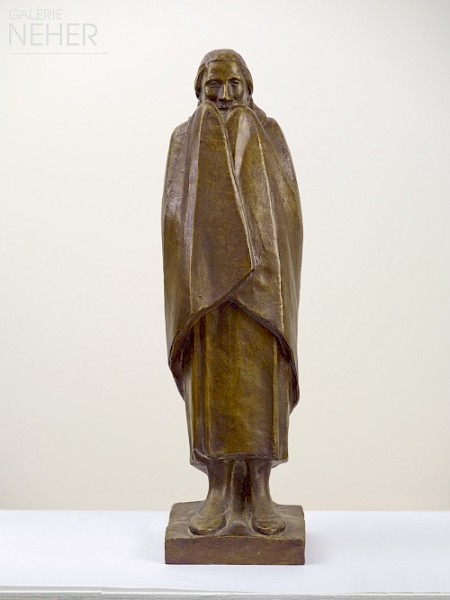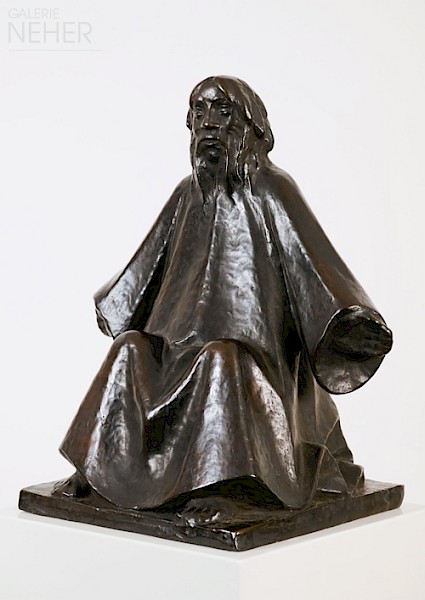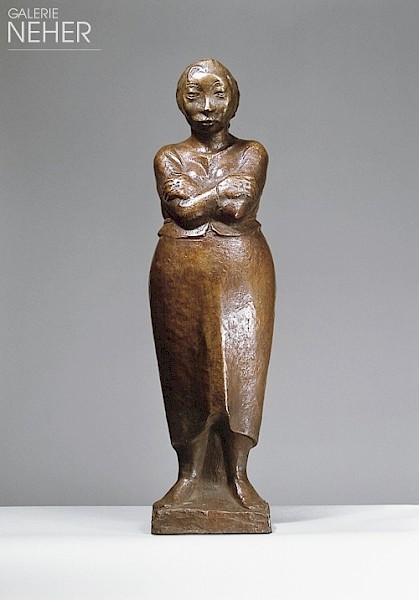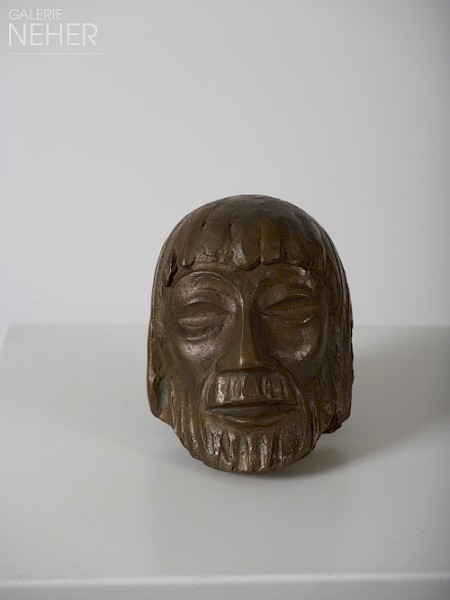Ernst Barlach - Zwei Schlafende, Relief (Two Sleeping, relief), 1916/17
Bronze
30 x 44 cm
11 x 17 inch
signed at the bottom right edge: “E Barlach”
caster stamp adjacent: “H. NOACK BERLIN”
Edition: 13 unnumbered and two numbered casts as of 1948, no castings during his lifetime
N 9537
Expertise:
Expertise Ernst Barlach Lizenensverwaltung, Ratzeburg
Provenance:
Estate of Ernst Barlach, Ratzeburg
Catalogue raisonné:
Elisabeth Laur, Ernst Barlach. Werkverzeichnis, vol. 2, Das plastische Werk, Güstrow 2006, no. 247 with fig. p. 147
Ernst Barlach - Zwei Schlafende, Relief (Two Sleeping, relief), 1916/17
Bronze
30 x 44 cm
11 x 17 inch
signed at the bottom right edge: “E Barlach”
caster stamp adjacent: “H. NOACK BERLIN”
Edition: 13 unnumbered and two numbered casts as of 1948, no castings during his lifetime
N 9537
Expertise:
Expertise Ernst Barlach Lizenensverwaltung, Ratzeburg
Provenance:
Estate of Ernst Barlach, Ratzeburg
Catalogue raisonné:
Elisabeth Laur, Ernst Barlach. Werkverzeichnis, vol. 2, Das plastische Werk, Güstrow 2006, no. 247 with fig. p. 147
About the work
Ernst Barlach embodied Expressionism in sculpture like no other. The language of form of his sculptures and reliefs is block-like and cohesive. In this reduced representation of two human bodies, reduced to the essential, Barlach visualises the internal world of human beings in a unique way.
The two people lie comfortably huddled up to one another. The person to the right is surely a woman, while the sex of the other can’t be clearly defined, but it could very well be a male figure. The female figure rests with closed eyes and relaxed facial features, her cloak or the blanket that covers her is open, revealing her upper body and her crossed hands. The other figure is completely covered, with only a hand emerging from the shroud and lying against the cheek. Because the eyes are open and the mouth is reproduced slightly distorted, this appears to be a gesture of astonishment or surprise. The person is obviously not sleeping, as the title Zwei Schlafende (Two Sleeping) might suggest.
The feet of both people and their shoes are recognisable. The figures appear to be sheltering together in a depression, lying very close to one another. Their heads in particular are inclined toward one another. Despite the reduced language of form, Barlach is successful in invoking an inimitable inwardness in this relief. And although both are so intimately linked, they are each enveloped in their own blankets and thus in turn separated from one another.
The relief of the two sleeping figures of pear wood from 1923 are now found in the Museum Folkwang in Essen.
Text authored and provided by Dr Andrea Fink, art historian
The art historian, curator and freelance publicist Andrea Fink studied art history, cultural studies and humanities, modern history and philosophy in Bochum and Vienna. Doctorate in 2007 on the work of the Scottish artist Ian Hamilton Finlay. As a freelance curator and art consultant, her clients include, among others, the Kunstverein (art association) Ahlen, Kunstverein Soest, Wella Museum, Museum am Ostwall Dortmund, ThyssenKrupp AG, Kulturstiftung Ruhr, Osthaus Museum Hagen, Franz Haniel GmbH, Kunsthalle Krems, Austria.
